Industry information
Company News
- Fluorocarbon aluminum veneer: a fashionable outerwear for architecture, your new favorite for home decor
- The Charm of Aluminum Veneer: An Artistic Journey from Materials to Decoration
- Aluminum veneer curtain wall: the beauty of architecture, witness to details
- Aluminum veneer: the fashionable choice for modern architecture
- Aluminum veneer curtain wall: creating a new style of modern architecture
Industry dynamics
- What is the installation and construction period for aluminum veneer?
- Aluminum veneer customization, creating a new trend of personalized space
- What is the impact resistance of aluminum veneer?
- Aluminum veneer curtain wall: the fashionable coat of modern architecture
- Fluorocarbon aluminum veneer: the new darling of architectural aesthetics
Frequently asked questions
- What is the fire resistance of aluminum veneer?
- What is the installation method of aluminum veneer?
- What are the surface treatment methods for aluminum veneer?
- What are the common methods for surface treatment of aluminum veneer?
- How to improve the fire resistance of aluminum veneer?
contact us
Mobile phone: 15627778610
Email: 2201229786
Address: No. 5 Binjiang Road, High tech Zone, Zhaoqing City
The application of 1.5mm aluminum veneer in indoor decoration
- Author: Xinlongtai Aluminum Industry (Guangdong) Co., Ltd
- Release time: 2022-03-11 02:14:07
- Click:0
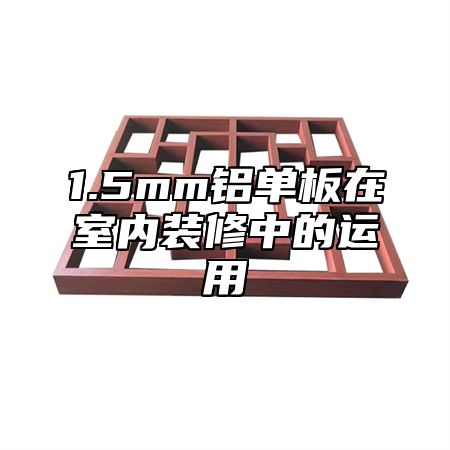
1.5mm aluminum veneer is a very common building material, and its application in indoor decoration has a wide range of applicability and decorative effects. This article will provide a detailed introduction to the application of 1.5mm aluminum veneer in indoor decoration.
In terms of material properties, 1.5mm thick aluminum veneer usually has certain corrosion resistance and fire resistance. This is because the main component of aluminum veneer is aluminum alloy, which has good corrosion resistance and fire resistance, and can effectively protect indoor environment and personnel safety. The surface of aluminum veneer can also be treated with some special techniques, such as anodizing, spraying, etc., to further improve its surface quality and decorative effect.
In indoor decoration, aluminum veneer can be applied in multiple fields, such as:
1. Wall decoration: Aluminum veneer can be used as a wall decoration material for wall decoration and protection. The lightweight and strength of aluminum veneer make it suitable for various wall structures and design styles, while also having functions such as moisture resistance, fire resistance, and sound insulation.
2. Ceiling decoration: Aluminum veneer can be used as a ceiling decoration material for ceiling decoration and protection. The lightweight and strength of aluminum veneer make it suitable for various ceiling structures and design styles, while also having functions such as moisture resistance, fire resistance, and sound insulation.
3. Door and window decoration: Aluminum veneer can be used as a decorative material for doors and windows, for decoration and protection. The lightweight and strength of aluminum veneer make it suitable for various door and window structures and design styles, while also having functions such as moisture resistance, fire resistance, and sound insulation.
4. Furniture decoration: Aluminum veneer can be used as a decorative material for furniture decoration and protection. The lightweight and strength of aluminum veneer make it suitable for various furniture structures and design styles, while also having functions such as moisture resistance, fire resistance, and sound insulation.
In terms of quality inspection and acceptance, it is also necessary to inspect and evaluate the application of aluminum veneer in indoor decoration. During this process, it is necessary to pay attention to factors such as the dimensional accuracy, surface smoothness, and color uniformity of aluminum veneer to ensure that its application in indoor decoration meets the requirements.
The use of 1.5mm thick aluminum veneer in indoor decoration has a wide range of applicability and decorative effects. In practical applications, attention should be paid to the quality and effectiveness of the selected materials to ensure better decorative and usage effects, while also paying attention to the corrosion resistance, fire resistance, and construction details of the materials.

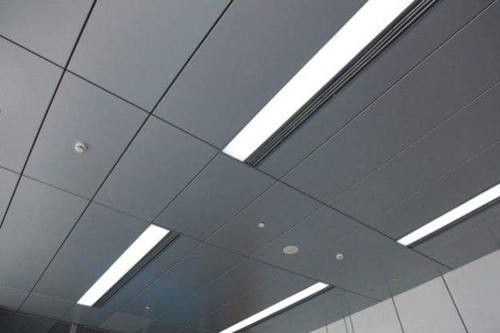
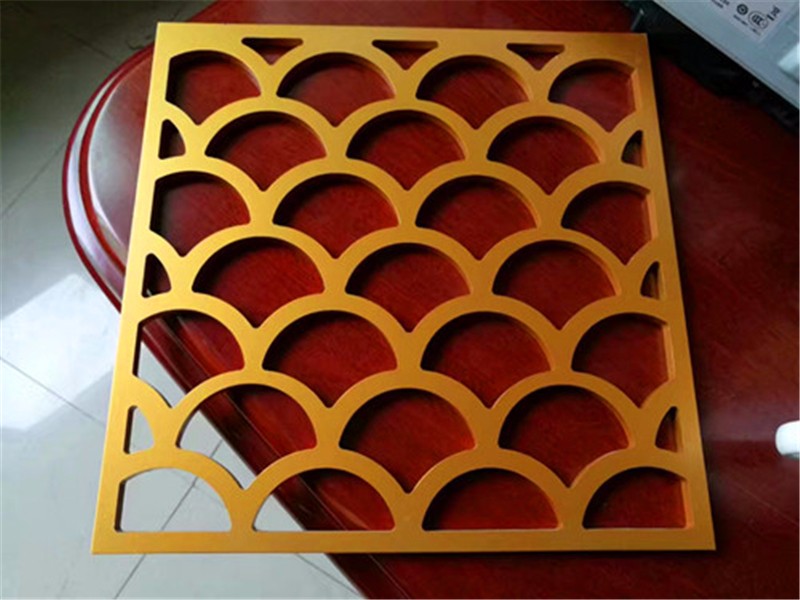

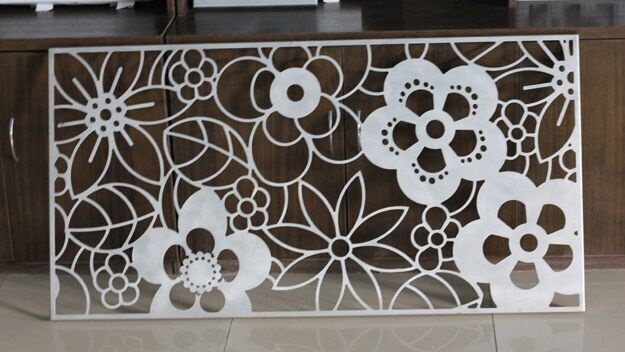
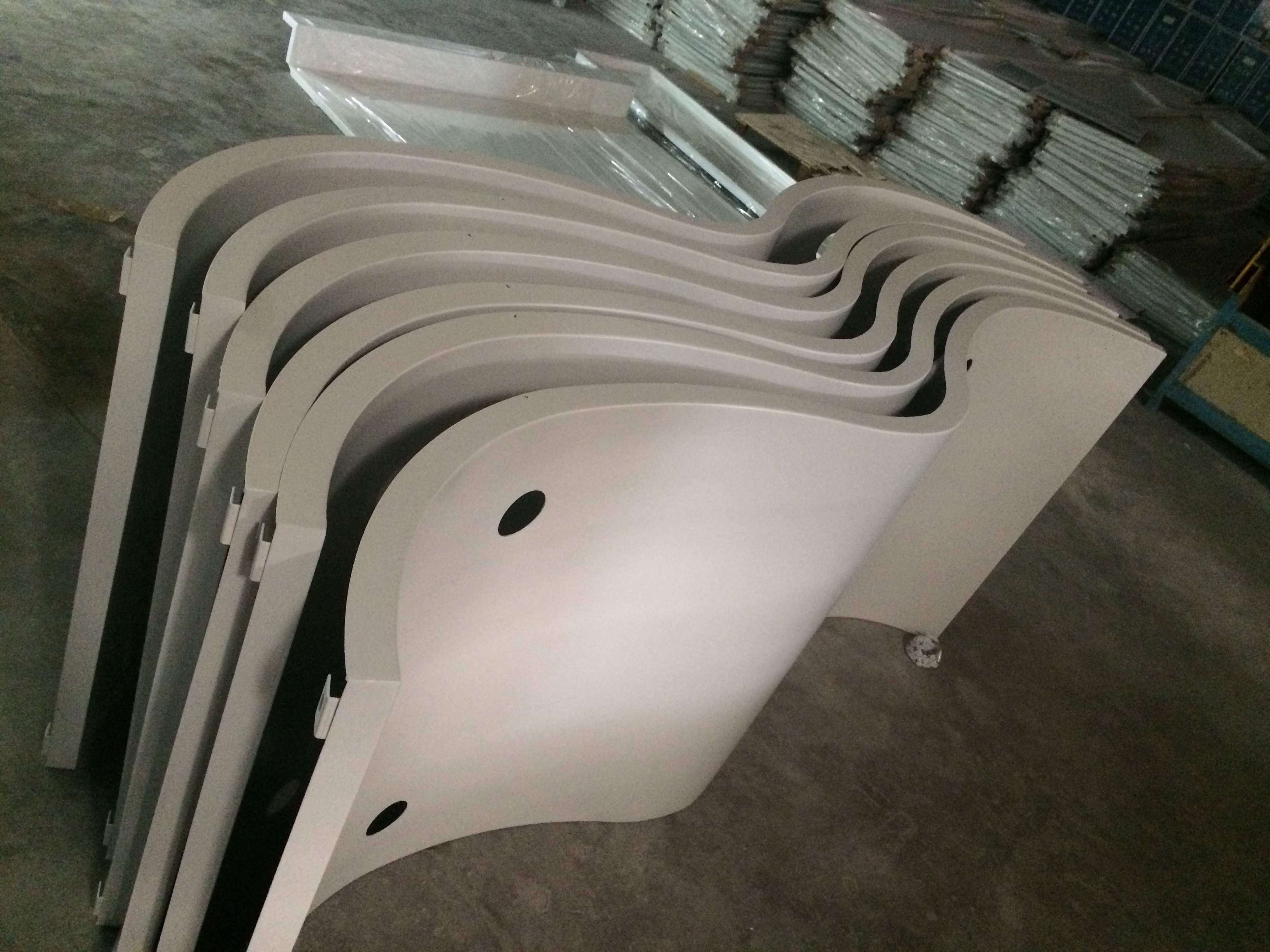
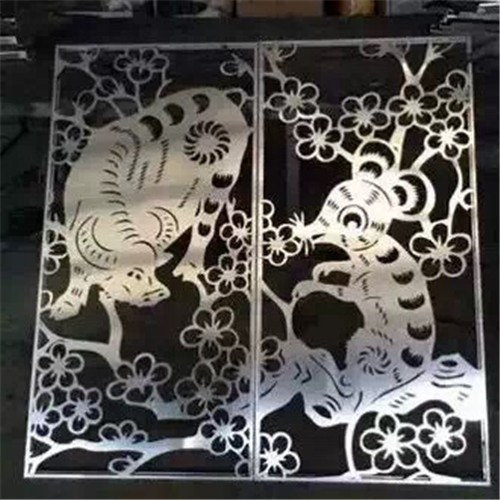
 Customer service QQ
Customer service QQ